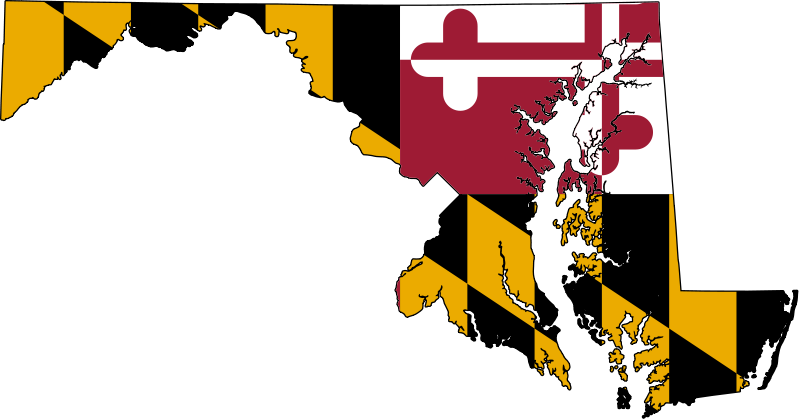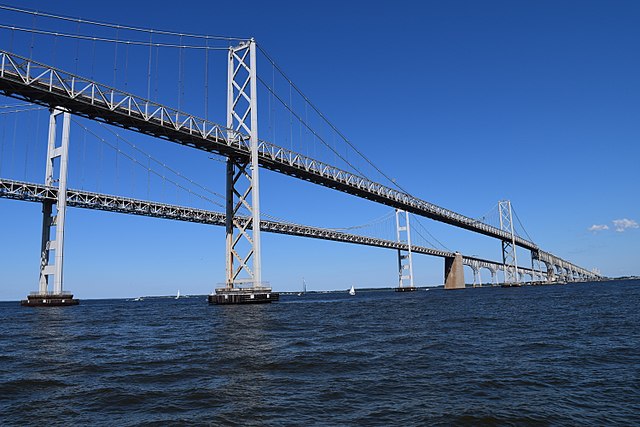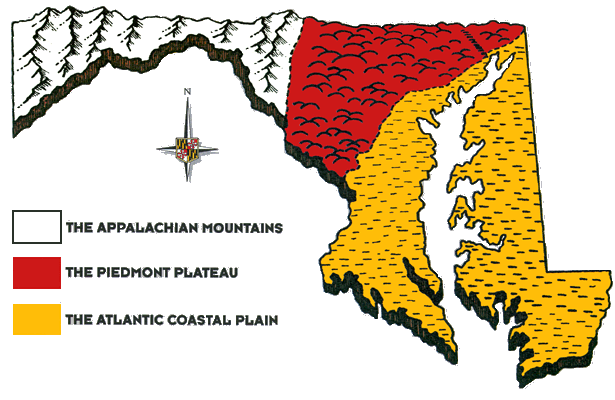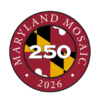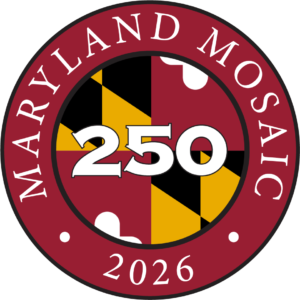The Maryland Mosaic is a gift to all Marylanders: An Introduction
What is this gift? You are exploring a complex picture of our state; a collection of over 120 specific “firsts”—Mosaic “Pieces” that happened first in Maryland but also were first in the whole country. Together the whole Mosaic tells a story that may be more complicated than you think and more interesting than you anticipated. When the U.S. turns 250 in 2026, Marylanders will have a lot to shout about and to consider deeply.
Think about your own firsts—first bike, first kiss, first car, first job, first sense of satisfaction at something you did well. These are good memories, sometimes complex stories that reveal something important about you. We think you will find that to be true of the Mosaic.
Maryland has those defining events, showing again that Maryland may be a small state (42 among the 50), but with a big history. We have been leaders, explorers, inventors, authors, feminists, musicians, doctors, freedom seekers and crooks. We have been both enslaved and enslavers. When we became the no longer enslaved and no longer the owners of lost “property,” consequences became even more complex. We have come to terms with our past and failed to come to terms with our past.
As the Mosaic shows, we have one overwhelming characteristic: our geography as a border state. We are thoroughly shaped by that geography, inheriting the conflicts and energy that come from border status. We became a state along the fault line of North and South, a division that made us not quite southern and not quite northern well before the Civil War.
Of all the states, we have the most erratic outline. We have been shaped by water—the largest and most fertile estuary in the country. The Chesapeake Bay divided us but became a primary transportation corridor before there were roads. It provided ready access to markets and shaped America’s taste for seafood. We were given our eastern border by the Atlantic Ocean, our serpentine southern border by the Potomac, a national river, but ours. The disputed northern border was defined by two 18th century surveyors. The western border was the first to open transportation opportunities that stretched across the continent.
The national capital was carved out of our turf and gave us proximity to engage in the workings of the national government. We have fertile soil in the south and east that grew tobacco (but not cotton), and soil in the Appalachian west that grew wheat (but not tobacco), giving us one agricultural footprint that required slavery and another that did not. Among mid-Atlantic and southern states we have the strongest fall line, giving us water power for new industries near to developing markets. We have both an agricultural and an industrial heritage and a tie to a strong national government.
The Civil War cemented our border status as we supplied soldiers on both sides and endured three invasions. We’ve had two constitutions that represented two sides and a heritage of returning confederates who soon became governing leaders. We cherish three of the most important African Americans in the country—Frederick Douglass, Harriet Tubman, and Thurgood Marshall, all born and bred in Maryland. Having close free states to our north is a geographical reality that enabled many enslaved people to envision a transformed future. We have been thoroughly shaped by our unconventional state picture and we have inherited layers of experience that come with border status.
The Maryland Mosaic invites you to take your state’s history seriously. We have made sure that there is at least one Mosaic Piece in each of the 23 counties and Baltimore City. Each of the Pieces has a tie to places, buildings, museums, research archives or educational and cultural institutions where you can find out more. Each of the Mosaic Pieces exists in a context of history and place, and you can use the original first to link to more local stories.
Each of the Mosaic Pieces is an invitation to learn more, to explore the link between past and present issues, to take our past seriously in our 2026 anniversary year.

